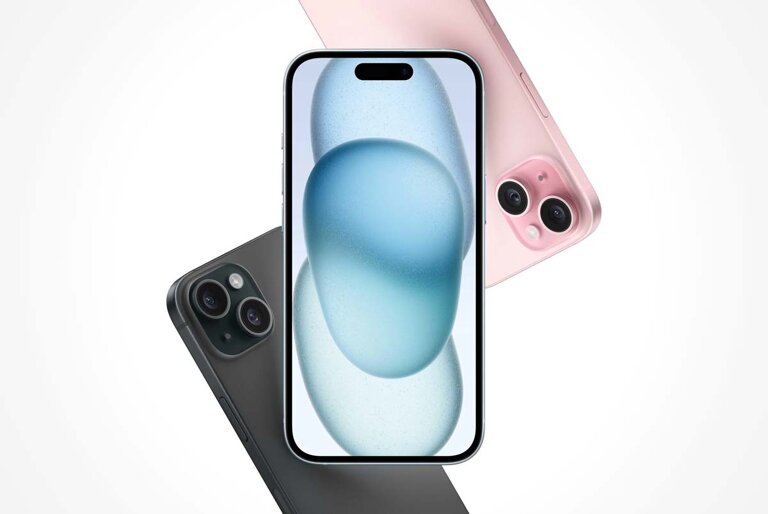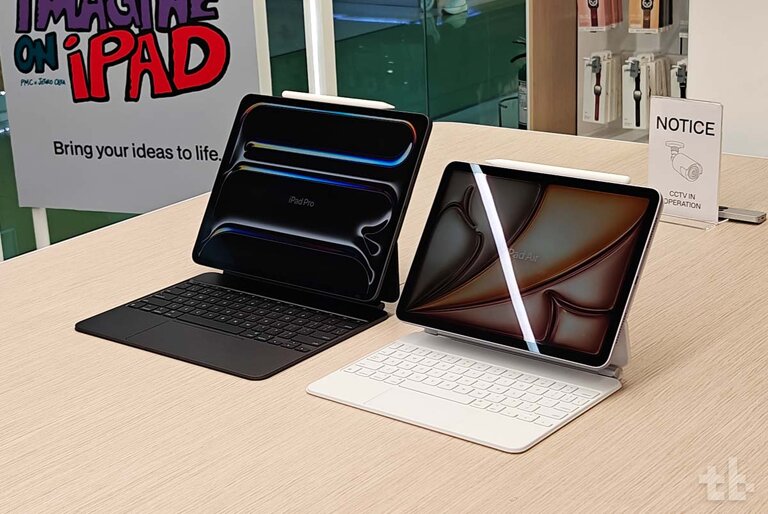Apple finally ditched the Lightning port on its latest iPhones and replaced it with a USB-C port. This is a big change for iPhone users, who have been using the proprietary Lightning connector since 2012. But what exactly is the difference between the USB-C ports on the iPhone 15 and the iPhone 15 Pro? Here’s what you need to know.
USB-C is a universal standard that allows devices to charge and transfer data using the same cable. It is reversible, meaning you can plug it in any direction, and it supports fast charging and data speeds. USB-C is widely used by Android phones, laptops, tablets, cameras, and other gadgets.
The iPhone 15 and the iPhone 15 Pro both have a USB-C port on the bottom of the device, but they are not exactly the same. The iPhone 15 supports a USB-C port with USB 2.0 speed, which is 480 megabits per second (Mbps). The iPhone 15 Pro, on the other hand, supports a USB-C port with USB 3 speed, which is 10 gigabits per second (Gbps). That’s more than 10 times faster than the iPhone 15.
What does this mean for users? The main difference is that the iPhone 15 Pro can transfer data faster than the iPhone 15 when connected to a compatible device or accessory. Moreover, the iPhone 15 Pro can use a USB-C cable to connect to portable storage or even integrate with a Mac for quicker photo transfers.
Another difference is that the iPhone 15 Pro can support higher wattage charging than the iPhone 15. This means that the iPhone 15 Pro can charge faster than the iPhone 15 when using a compatible charger. However, both iPhones support wireless charging and MagSafe accessories, which use magnets to attach to the back of the device.
The switch to USB-C also means that users will need new cables and adapters to connect their iPhones to other devices that use Lightning, such as AirPods, Beats headphones, or older iPhones. Apple’s USB-C cables start at P1,190, with the price increasing depending on the length and charging speed.
The move to USB-C is partly driven by the European Union, which passed a law requiring phones, tablets, and cameras sold in the region to come equipped with a USB-C port by the end of 2024. Apple has previously resisted this regulation, arguing that it would stifle innovation and create more e-waste. In the end, the company had no choice but to finally adopt USB-C for its iPhones.
The iPhone 15 and the iPhone 15 Pro are expected to be released this month in select markets. In the Philippines, the iPhone 15 starts at ₱56,990, while the iPhone 15 Pro starts at ₱70,990.





